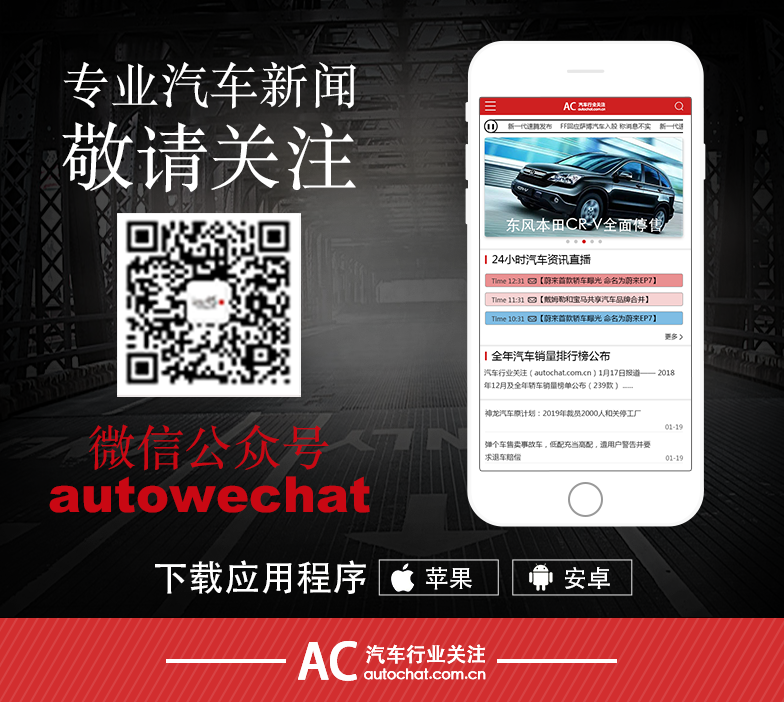In addition to Weibo, there is also WeChat
Please pay attention

WeChat public account
Shulou


2025-12-25 Update From: SLTechnology News&Howtos shulou NAV: SLTechnology News&Howtos > Development >
Share
Shulou(Shulou.com)06/03 Report--
This article focuses on "CSS pseudo-class: the use of placeholder-shown", interested friends may wish to have a look. The method introduced in this paper is simple, fast and practical. Let's let the editor take you to learn "CSS pseudo-class: the usage of placeholder-shown".
The CSS pseudo-class represents any form element that displays placeholder text.
To put it simply, what is the input box doing when the placeholder content of the input box is displayed.
Compatibility is as follows, there is no problem on the mobile side.
How does placeholder-show work?
: placeholder-shown CSS pseudo-class takes effect when or element displays placeholder text. To put it simply, placeholder takes effect only if it has a value, as shown below:
/ / html / / css input:placeholder-shown, textarea:placeholder-shown {border:1px solid pink;}
If placeholder is empty, placeholder-show has no effect:
/ / html

: placeholder-shown vs:: placeholder
We can style the input element with: placeholder-shown.
Input:placeholder-shown {border: 1px solid pink; background: yellow; color: green;}

Pay attention to some strange problems?-We set color: green, but it doesn't work. This is because: placeholder-shown only targets input itself. For the actual placeholder text, you must use the pseudo element:: placeholder.
Input::placeholder {color: green;}
I have noticed that there are some other attributes that, if applied:: placeholder-shown, also affect the style of placeholder.
Input:placeholder-shown, textarea:placeholder-shown {font-style: italic; text-transform: uppercase; letter-spacing: 5px;}
I don't know what this is, maybe it's because these properties are inherited by placeholder. If you know why, feel free to leave a message and let me know. Thank you.
: placeholder-shown vs: empty
Placeholder-shown is an object specifically used to determine whether an element displays a placeholder, and we mainly use it to check whether the input content is empty (assuming that all input have a placeholder). Here you may think, is it possible to use empty? Let's see.
/ / html / / css input:empty {border: 1px solid pink;} input {border: 1px solid black;}
Here it looks like empty works, because what we see is a pink border, but it doesn't actually work.
The pink color is displayed because pseudo-classes increase the weight of css. Similar to a class selector (I. e. Form-input) has a higher weight than a type selector (that is, input). The high permission selector will always override the style of the low weight setting.
So we can say this: don't use: empty to check whether the input element is empty.
What if I check if the input content is empty (without a dot)?
The only way we can check that the input is empty is to use: placeholder-shown. But what happens if our input element doesn't have a placeholder? Here is a trick: pass in an empty string "".
/ / html / / css input:placeholder-shown {border-color: pink;}
Combine other selectors
We can use: not pseudo-class to inverse something. Here, we can locate if the input is not empty.
/ / html / / css input:not (: placeholder-shown) {border: 1px solid green;}
Actual combat
With placeholder-shown, we can achieve the following dynamic effects
The specific code is as follows:
Html
Mailbox
Css
.input {position: relative;}. Input-fill {border: 1px solid # ececec; outline: none; padding: 13px 16px 13px; font-size: 16px; line-height: 1.5; width: fit-content; border-radius: 5px;} .input-fill:placeholder-shown::placeholder {color: transparent;}. Input-label {position: absolute; font-size: 16px; line-height: 1.5; left: 16px; top: 14px; color: # a2a9b6 Padding: 02px; transform-origin: 0; pointer-events: none; transition: all .25s;} .input-fill:focus {border: 1px solid # 2486ff;} .input-fill:not (: placeholder-shown) ~ .input-label, .input-fill:focus ~ .input-label {transform: scale (0.75) translate (0,-32px); background-color: # fff; color: # 2486ff } at this point, I believe you have a deeper understanding of "CSS pseudo-class: the use of placeholder-shown". You might as well do it in practice. Here is the website, more related content can enter the relevant channels to inquire, follow us, continue to learn!
Welcome to subscribe "Shulou Technology Information " to get latest news, interesting things and hot topics in the IT industry, and controls the hottest and latest Internet news, technology news and IT industry trends.
Views: 0
*The comments in the above article only represent the author's personal views and do not represent the views and positions of this website. If you have more insights, please feel free to contribute and share.

The market share of Chrome browser on the desktop has exceeded 70%, and users are complaining about

The world's first 2nm mobile chip: Samsung Exynos 2600 is ready for mass production.According to a r


A US federal judge has ruled that Google can keep its Chrome browser, but it will be prohibited from

Continue with the installation of the previous hadoop.First, install zookooper1. Decompress zookoope







About us Contact us Product review car news thenatureplanet
More Form oMedia: AutoTimes. Bestcoffee. SL News. Jarebook. Coffee Hunters. Sundaily. Modezone. NNB. Coffee. Game News. FrontStreet. GGAMEN
© 2024 shulou.com SLNews company. All rights reserved.